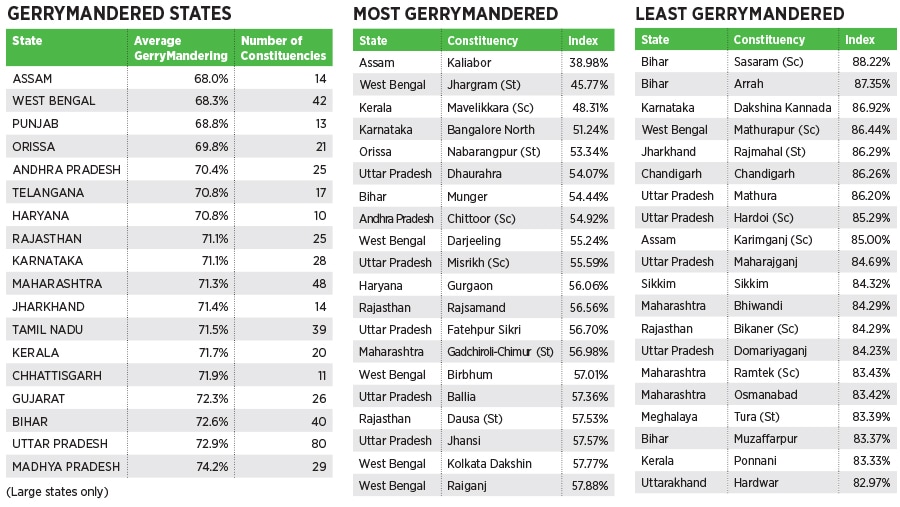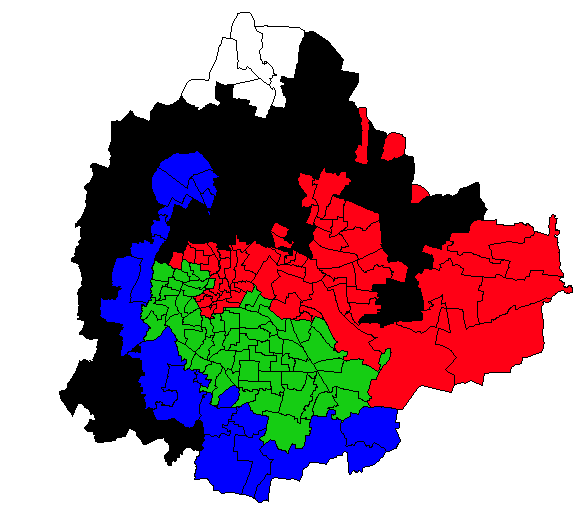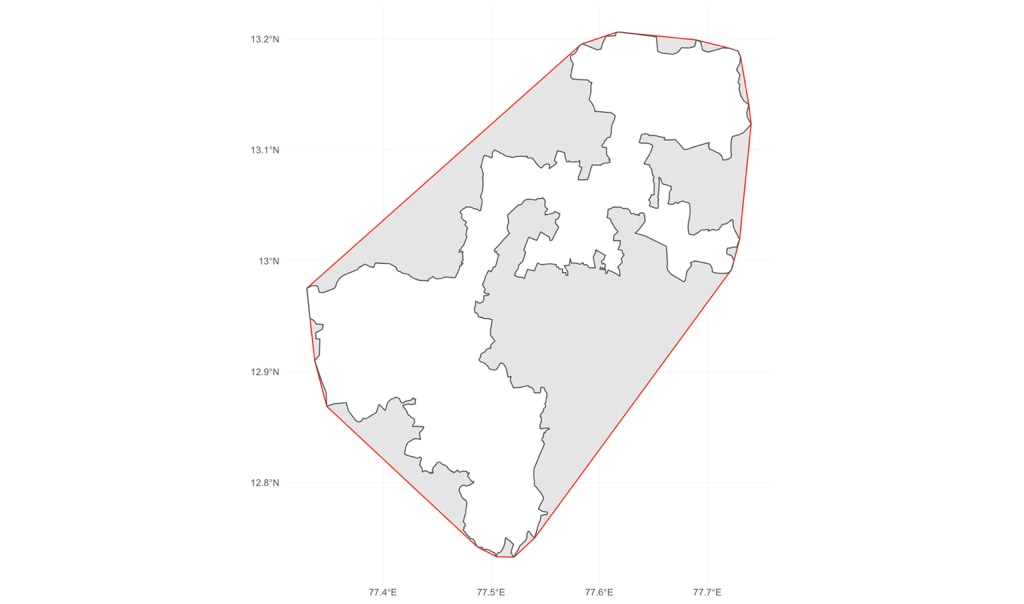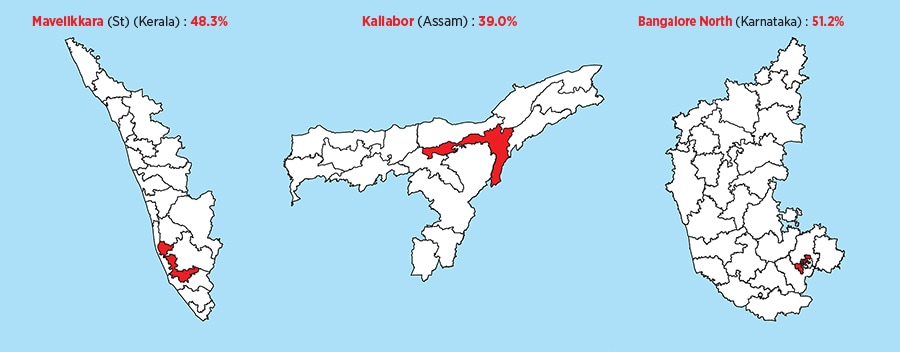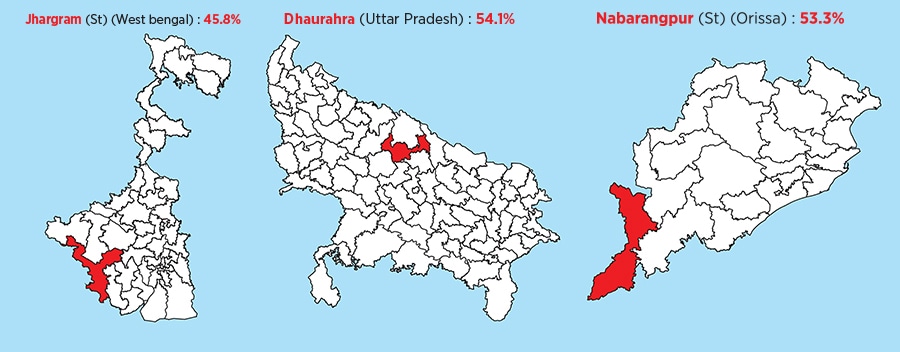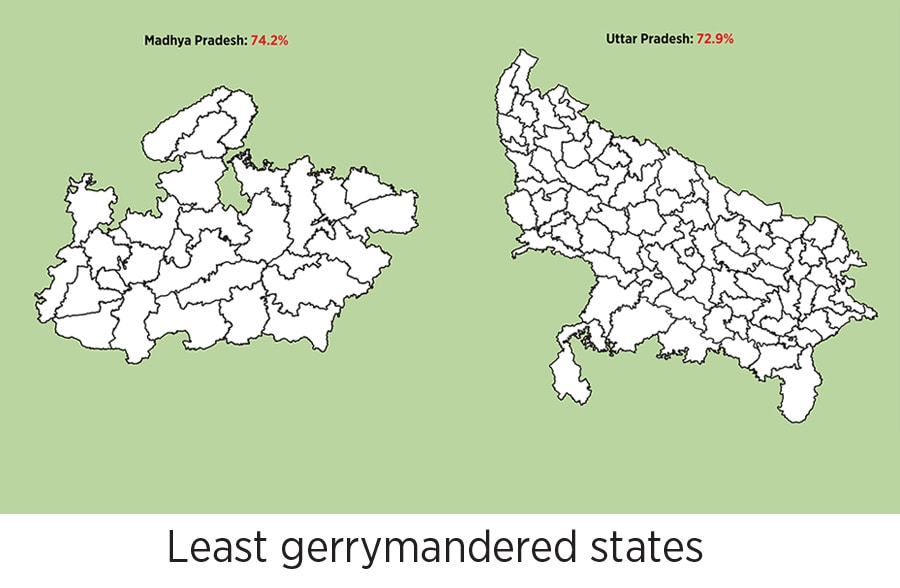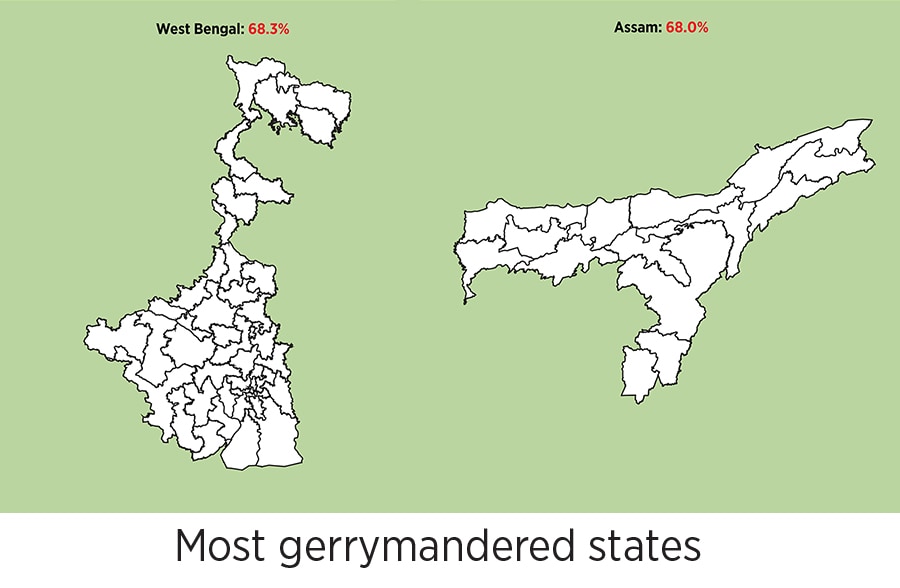
Forbes India Investigation: India's most gerrymandered constituencies
Gerrymandering is when constituency's borders are manipulated to favour a certain party
According to a friend, the map of my assembly constituency (Padmanabhanagar in Bangalore South) looks like a hen doing ballet. If you think that sounds outrageous, I invite you to see the map for yourself.
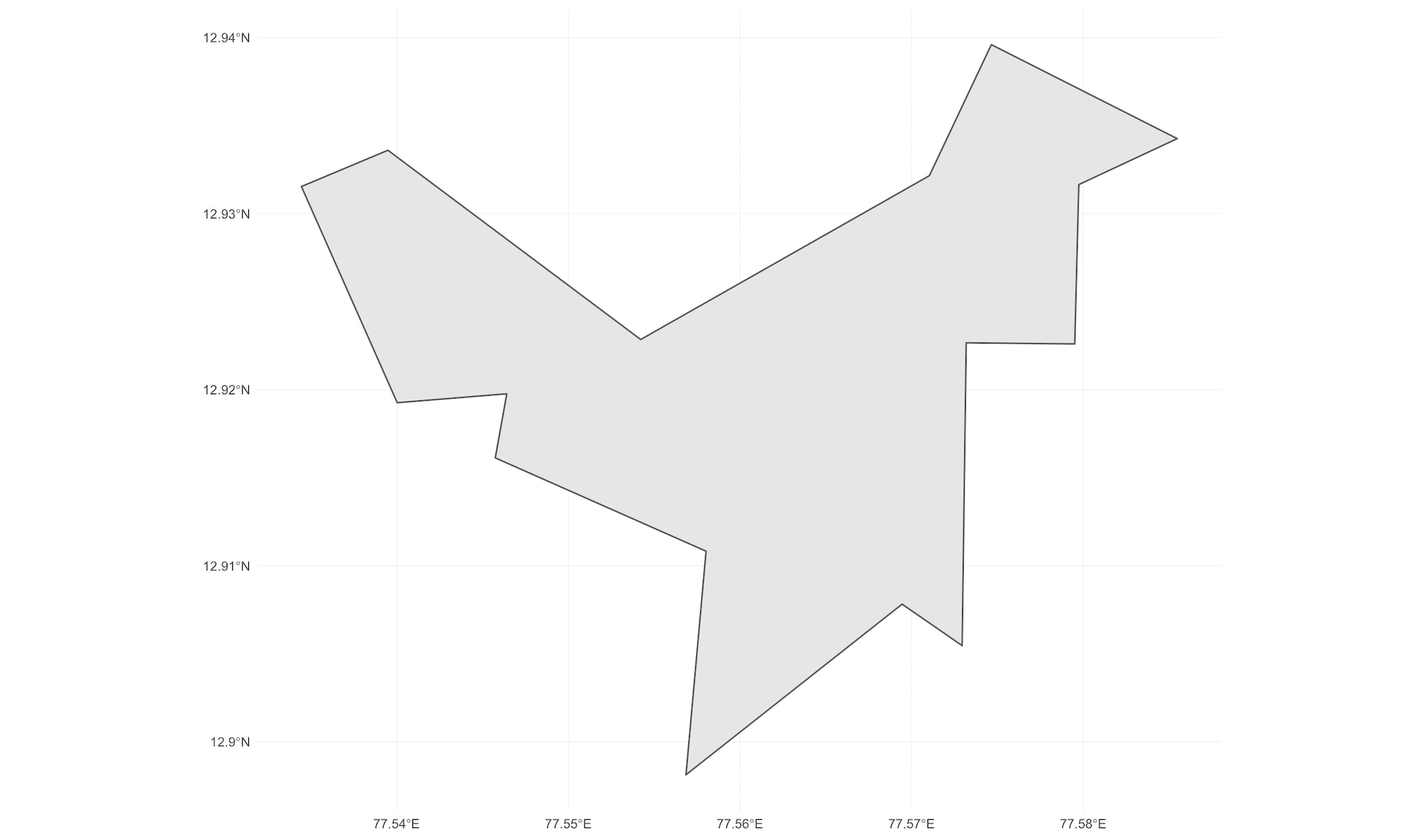
If you were to say that it looks like some other creature, or plant, or concept, I wouldn’t blame you. For interpreting the shapes of assembly and parliamentary constituencies in India can be a good substitute for the Rorschach test.
Theoretically, barring national and state boundaries, and coastlines, maps of parliamentary and assembly constituencies should be convex polygons. To refresh your geometry, convex polygons are closed figures that don’t have any internal angles that are more than 180 degrees. A more rigorous definition of convex polygons is that if you select any two points at random from inside the polygon and connect them with a line segment, the entirety of the segment will lie in the interior of the polygon.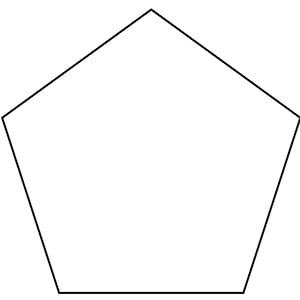
For this piece, however, you don’t need to concern yourself with so much rigour—you can think of convex polygons as polygons that don’t have weird appendages sticking out, like the Padmanabhanagar map above. Instead, convex polygons are well-formed figures, such as squares and hexagons (that said, squares and hexagons can also be non-convex, but let’s not complicate things here). For your reference, see the image of a convex polygon on the left.
The main reasons constituencies in India don’t form well-formed figures is due to the concept called “Gerrymandering”. Now, there’s nothing Indian about Gerrymandering—it was first implemented byone Elbridge Gerry, who redrew the districts (constituencies) of Massachusetts state in the early 1800s to maximise his chances of re-eleciton. The shape of the district that Gerry drew was so bizarre that critics compared it to a mythical salamander, which was named “Gerrymander”.
The set of constituencies in India that will go to polls this month and the next were drawn up in the mid-2000s, based on data from the 2001 census. It is not hard to see that most constituencies have some component or the other jutting out, even when there’s no inter-state border or coastline involved. In most cases, it can be explained by some political interest or the other wanting lines drawn in a certain way to aid electoral arithmetic.
